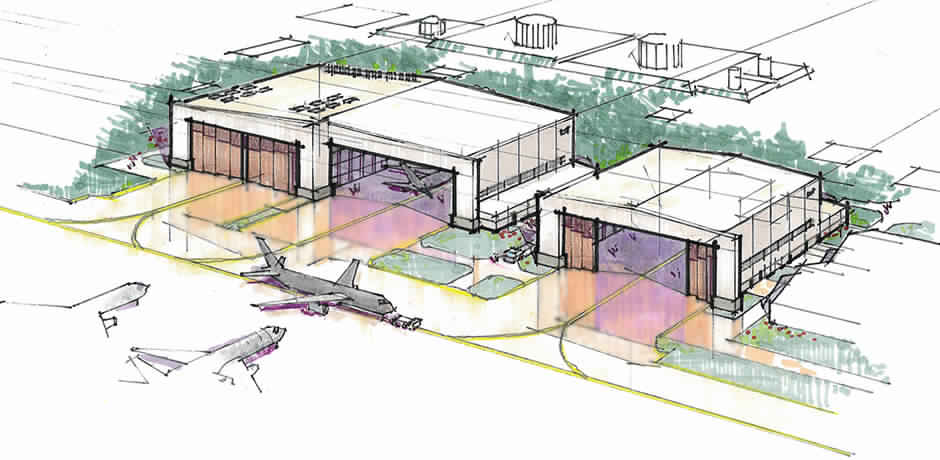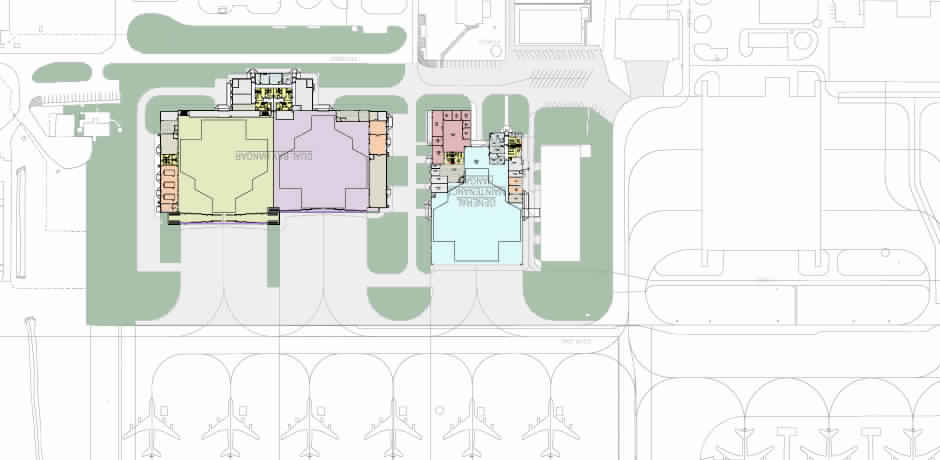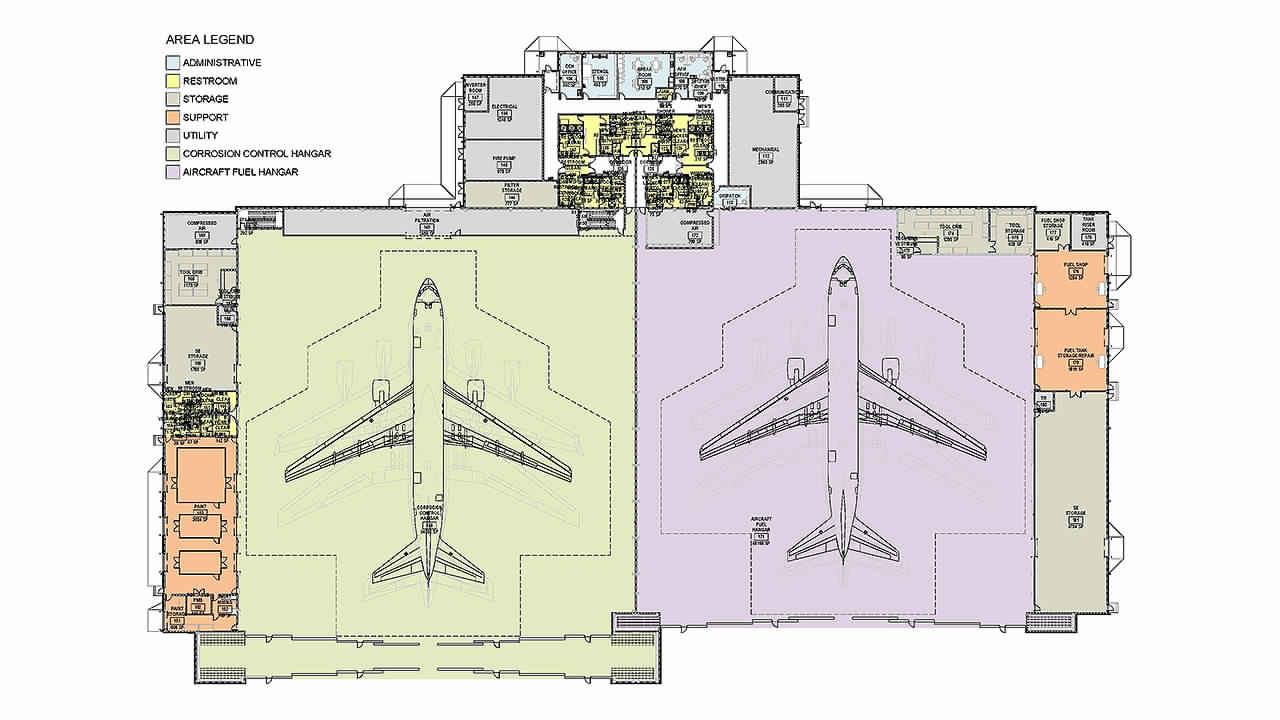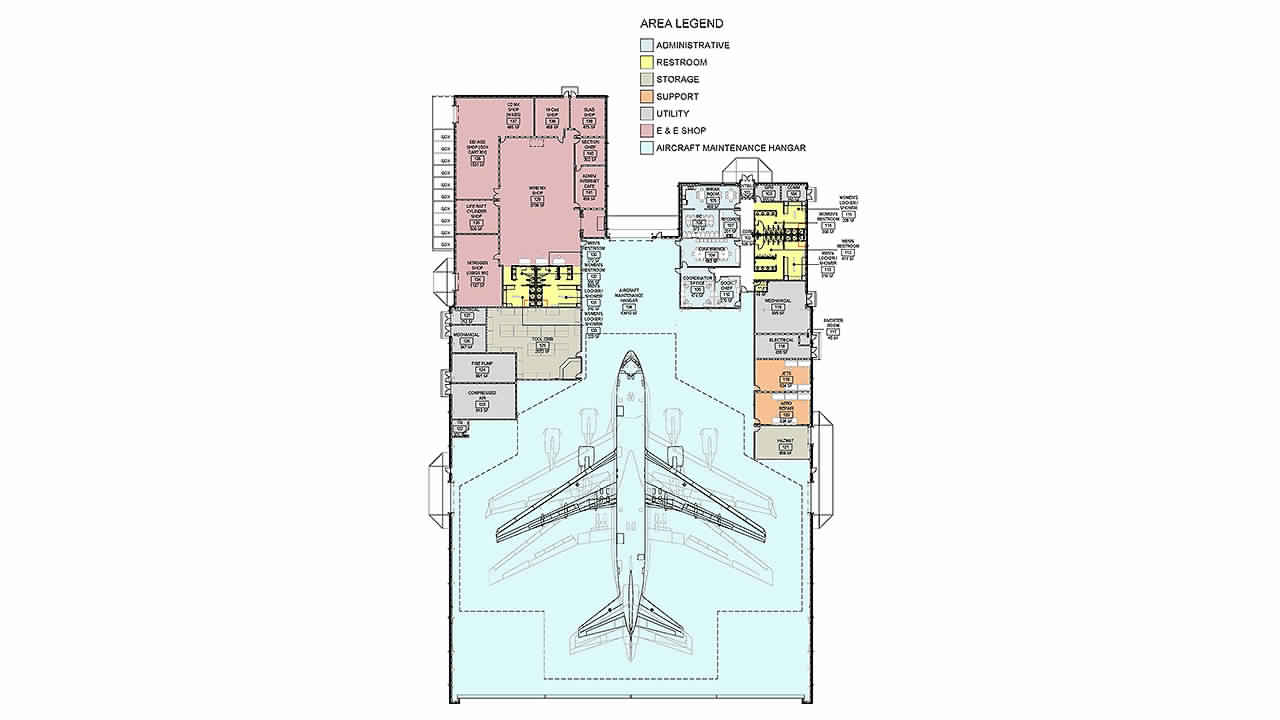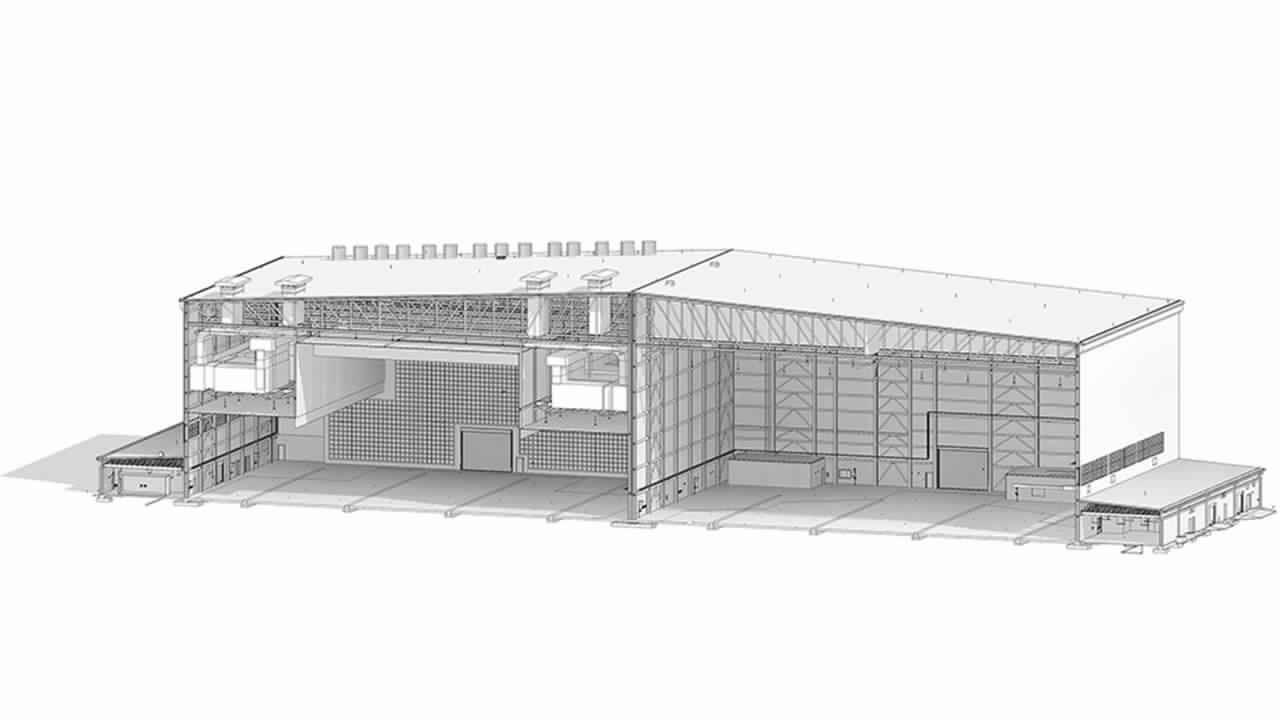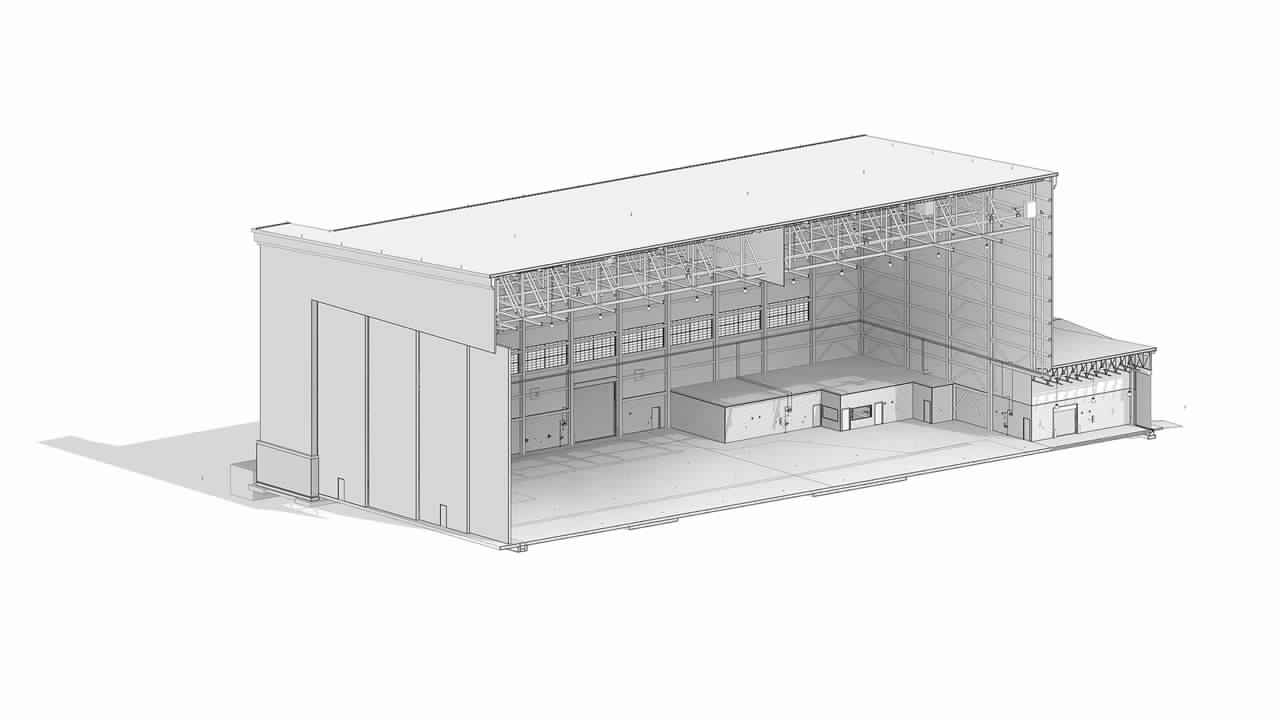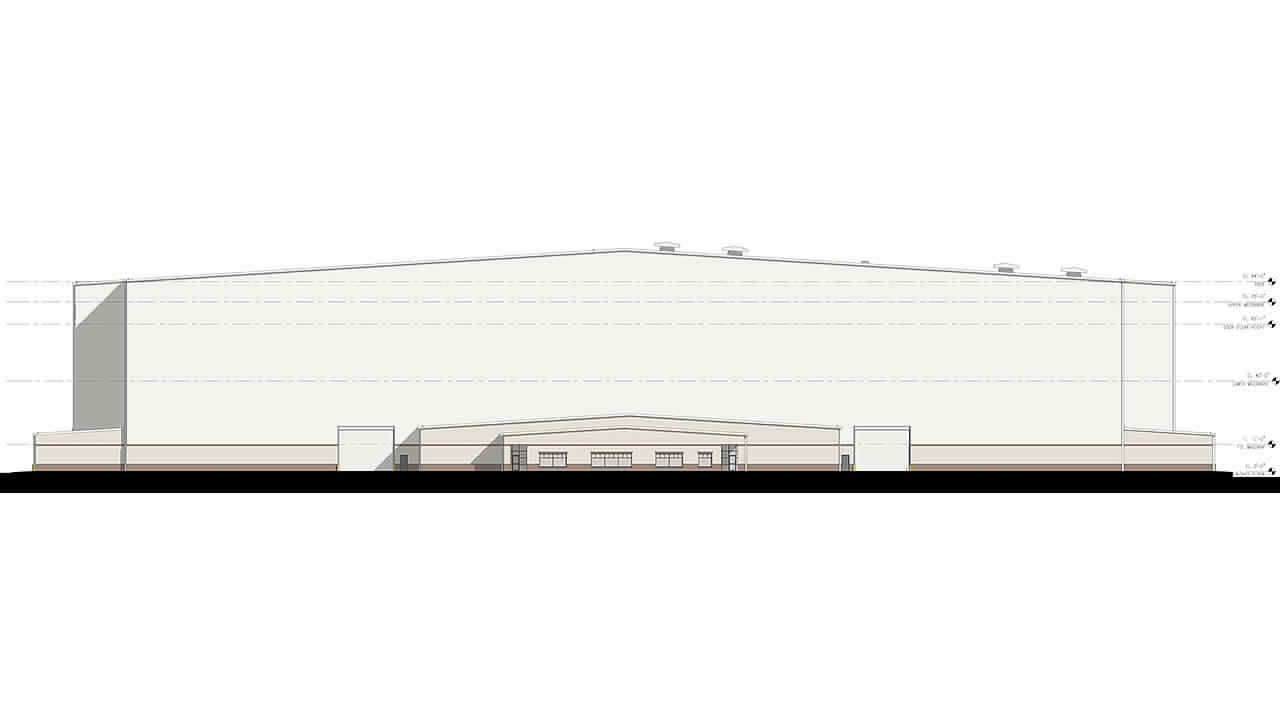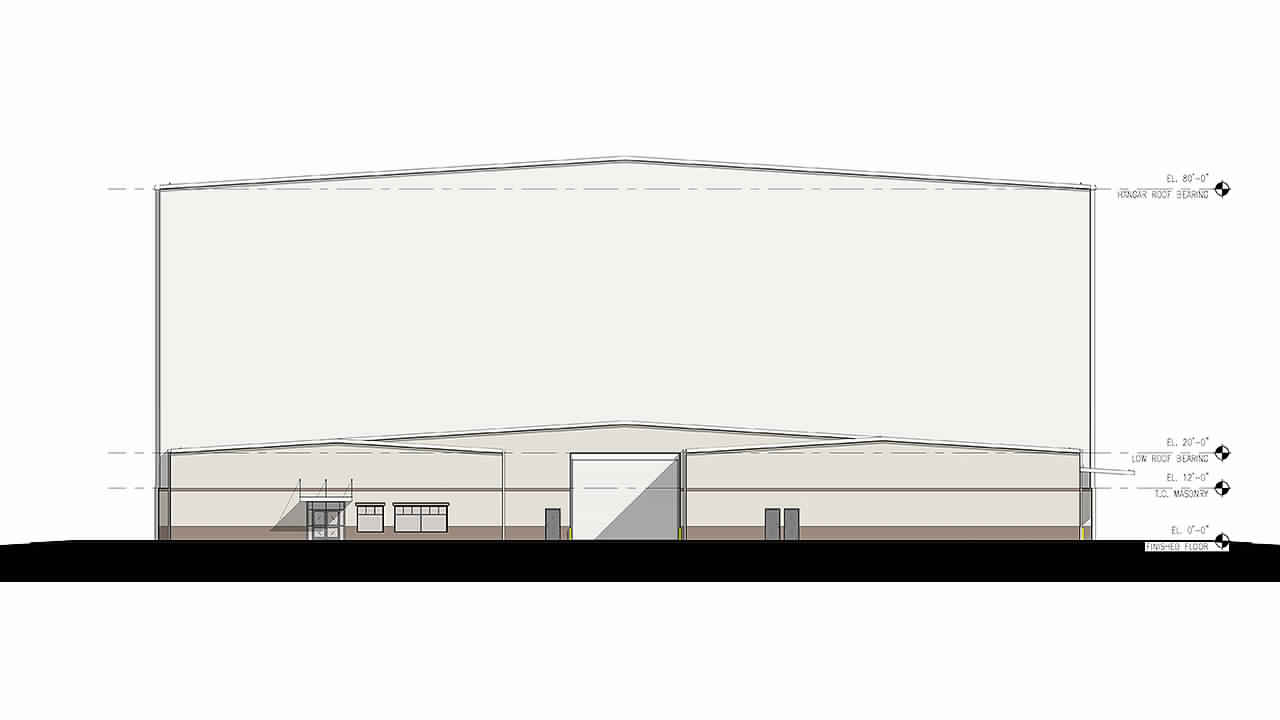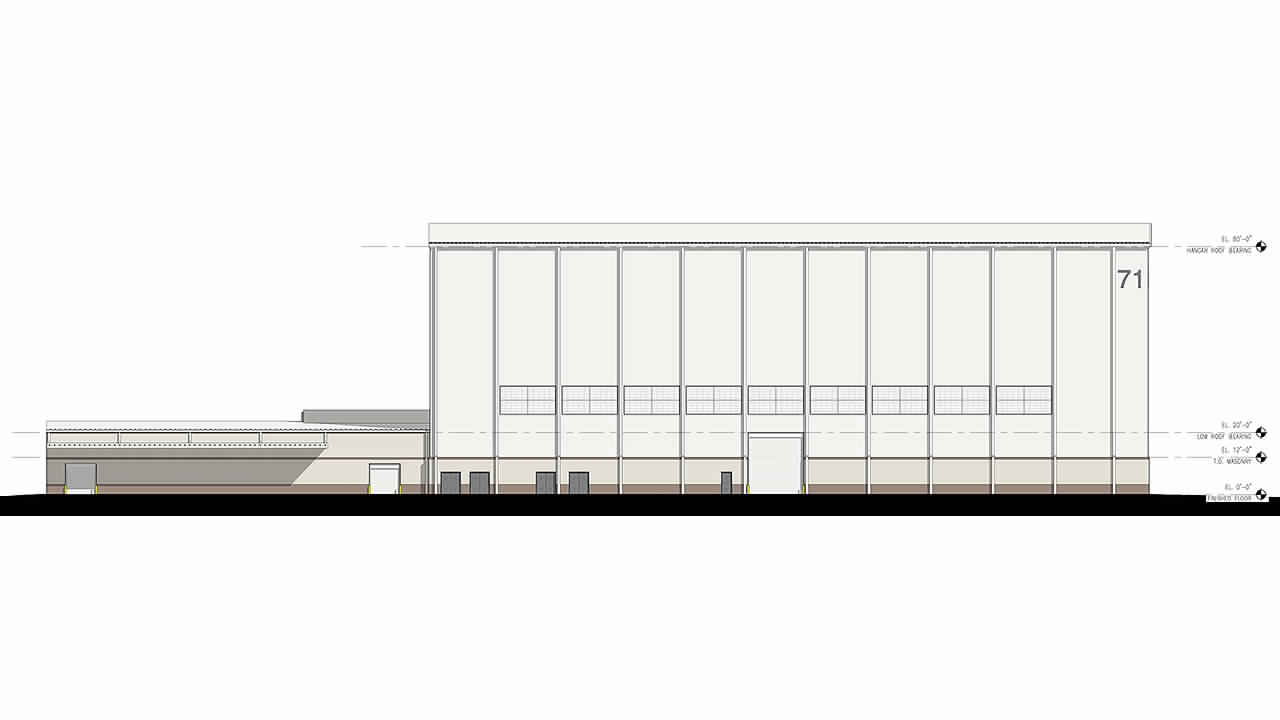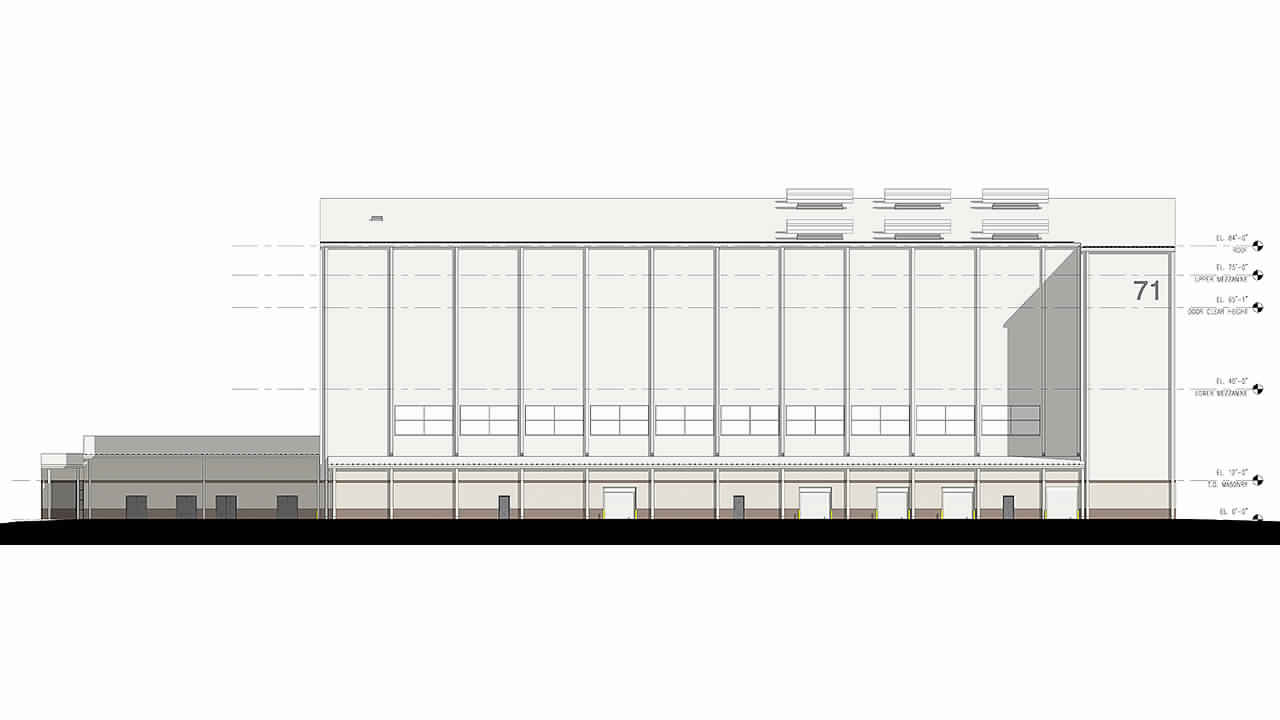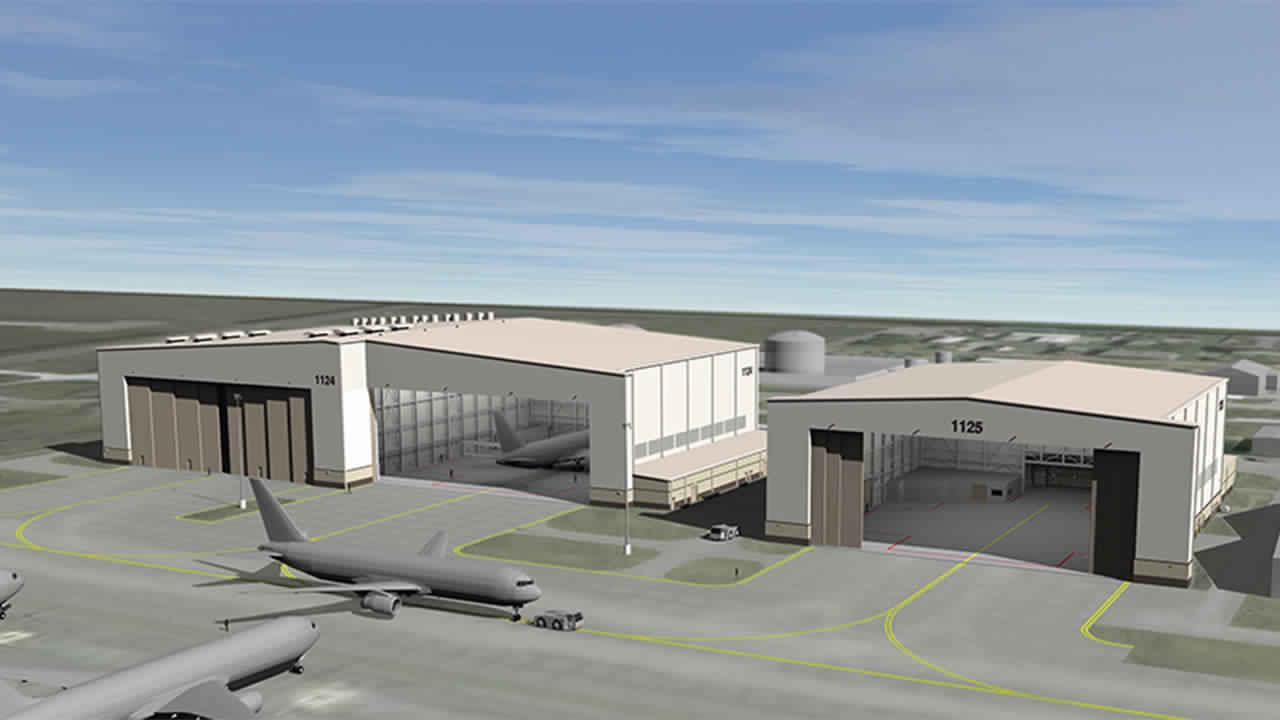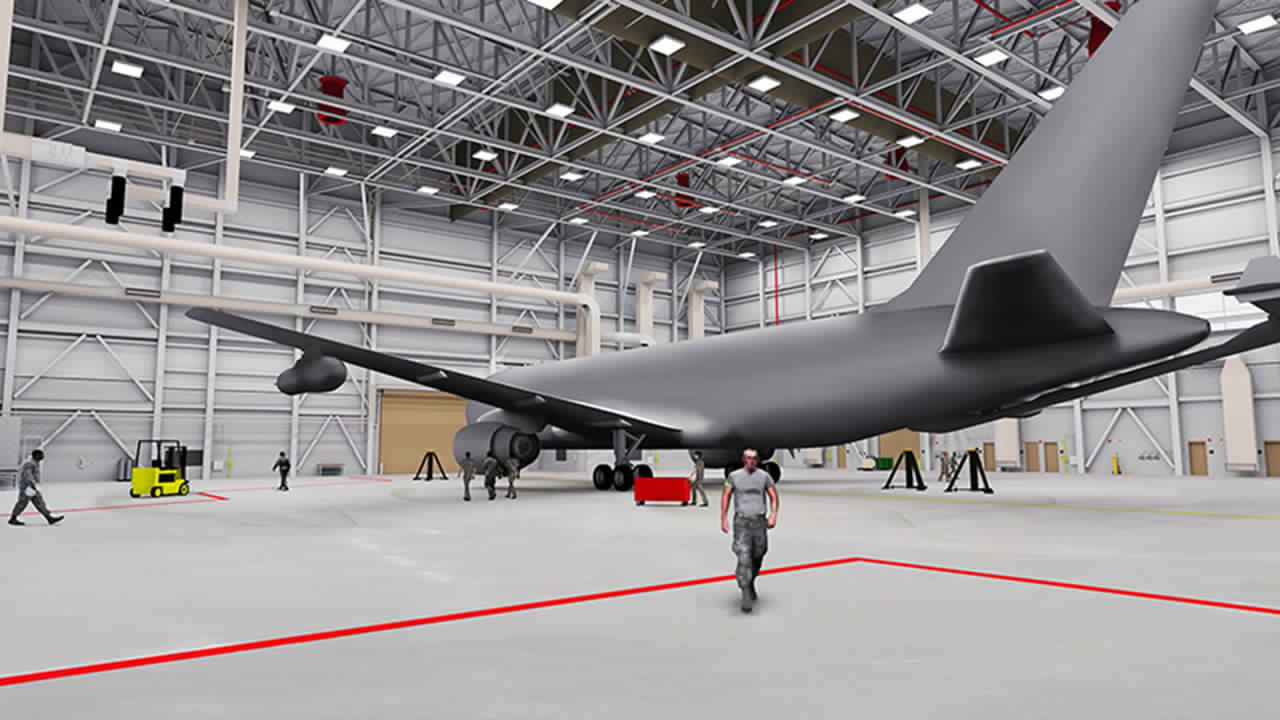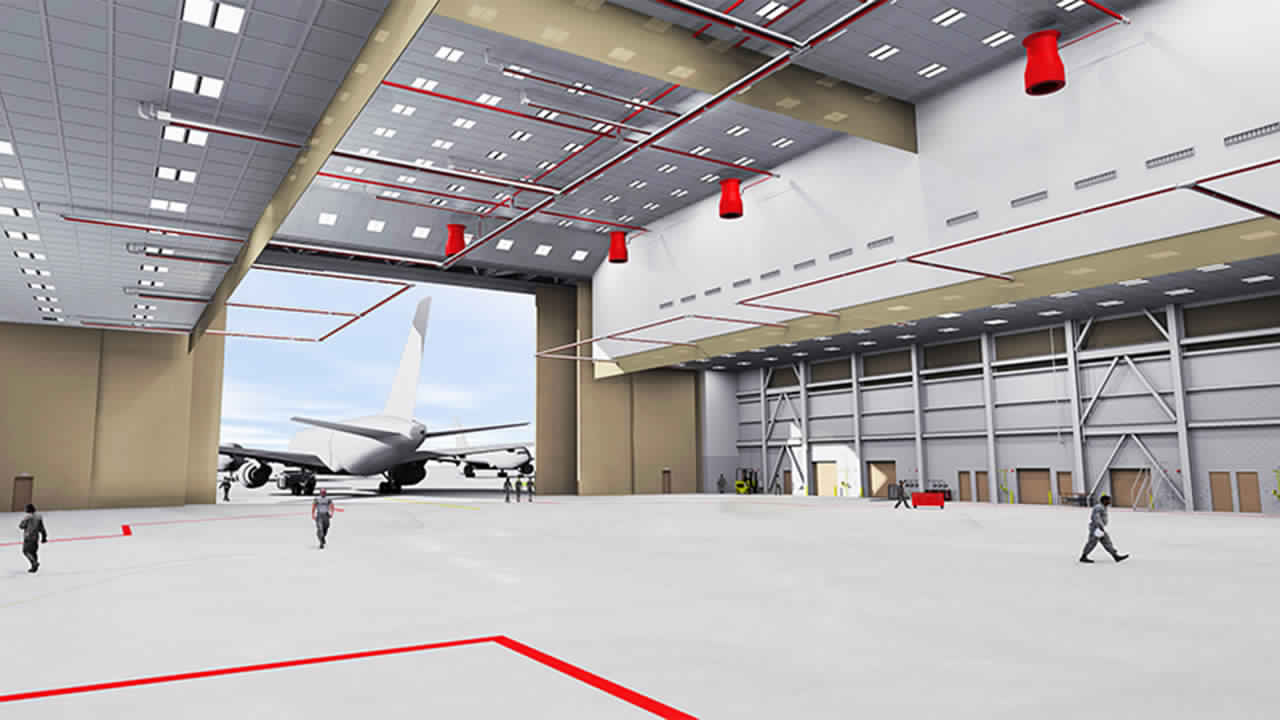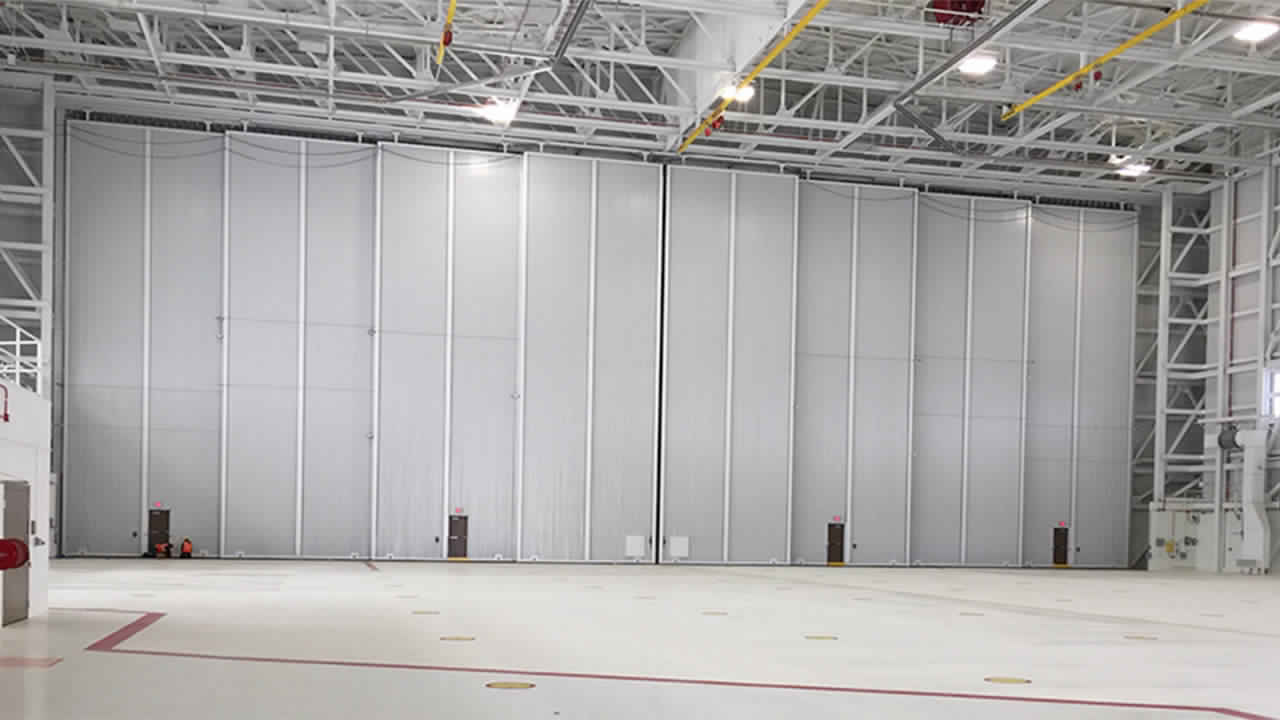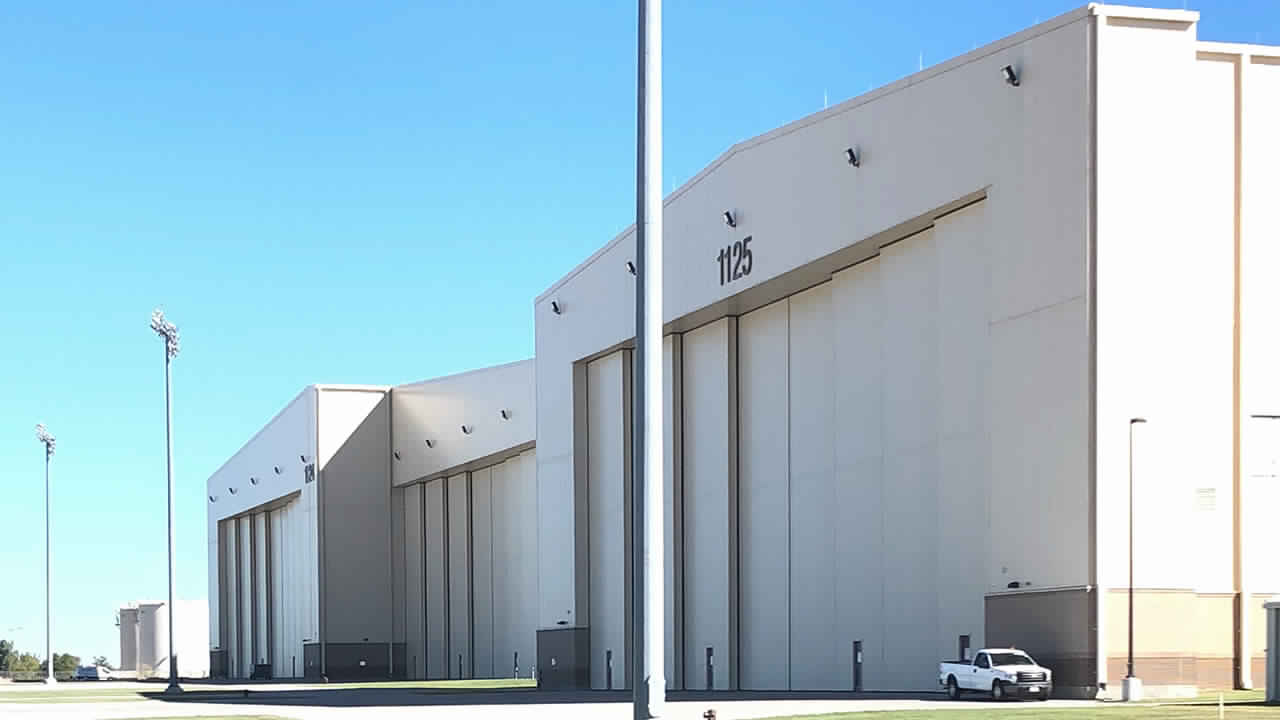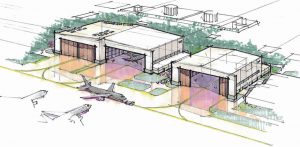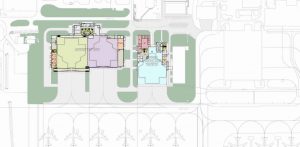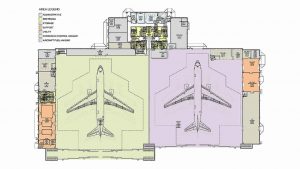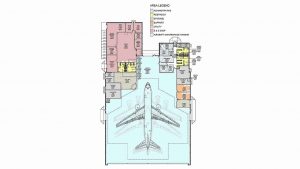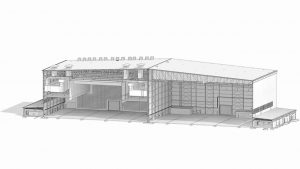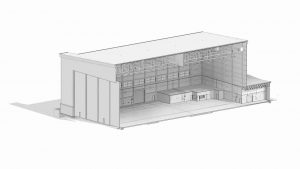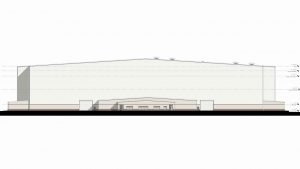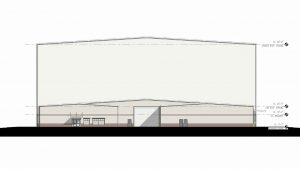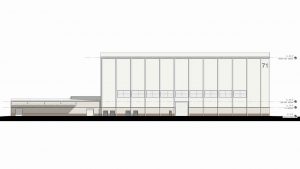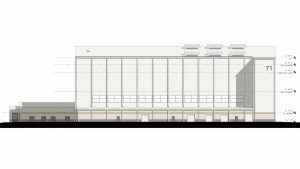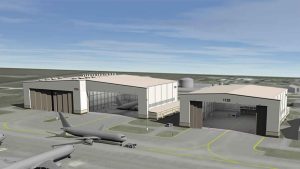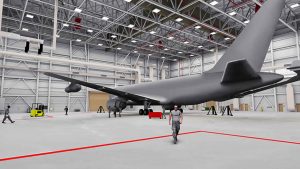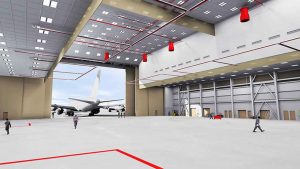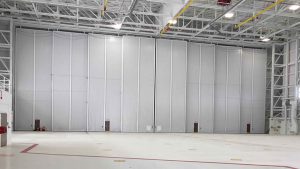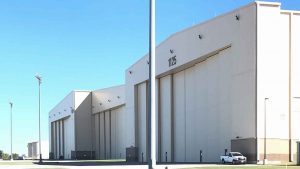KC-46A FUEL CELL + CORROSION CONTROL + GENERAL MAINTENANCE HANGARS
McConnell Air Force Base
Sedgwick County, Kansas
214,416 SF
$89.1 M
Design Completed FY15
Construction Completed FY18
To site adapt the KC-46A Standard Prototype Design (SPD), developed by Blair Remy for AMC & AFCEC commencing in FY11, for the KC-46 Pegasus program’s Main Operating Base (MOB) #1 at McConnell Air Force Base, KS, the A/E Team revisted the SPD with the Customer and User. Each hangar was adapted and sized to accommodate the cumulative footprint of three large frame aircraft by taking the dimensions of each and providing clearance for the greatest length, width and height, while meeting the express unique needs of the User.
The one-bay hangar consists of a hangar bay, E/E shops, open offices, support areas, shops, locker/shower/restrooms, storage and utility rooms; and incorporates all applicable ATFP measures. The project provides covered storage to accommodate 12 carts for the E/E shops.
The two-bay hangar includes design of a new facility that functions as a corrosion control hangar and an aircraft fuel hangar. The aircraft fuel hangar area is used to remove, repair, and replace fuel cell tanks from the aircraft and consists of a hangar bay, administrative office, support areas, “clean” and “dirty” locker/shower/ restrooms, storage, and utility rooms. The fuel systems bay contains fuel cell vapor exhaust and breathing air supply equipment to support aircraft inspections and repairs requiring a controlled environment for safety, environmental protection, and fuel contamination prevention. The corrosion control area functions as a touch-up painting facility and wash rack facility. It consists of a hangar bay, administrative office, support areas, “clean” and “dirty” locker/shower/restrooms, storage, and utility rooms.
The hangars were designed with character compatible with the surrounding community and complementary in style to the McConnell Architectural Compatibility Plan. The structural system includes reinforced concrete foundations, steel frame and roof system, and insulated metal walls. Fire suppression consists of automatic wet pipe sprinkler systems with supplemental low-level, high expansion foam system in accordance with ETL 02-15, UCF 3-600-01, IBC, and NFPA. Security includes ATFP, lighting, and access control systems. The project includes all associated utilities, site work, communications support, fire suppression, environmental controls to include floor drains connected to holding tanks/oil separators, pavements, parking area, lighting, and landscaping.

